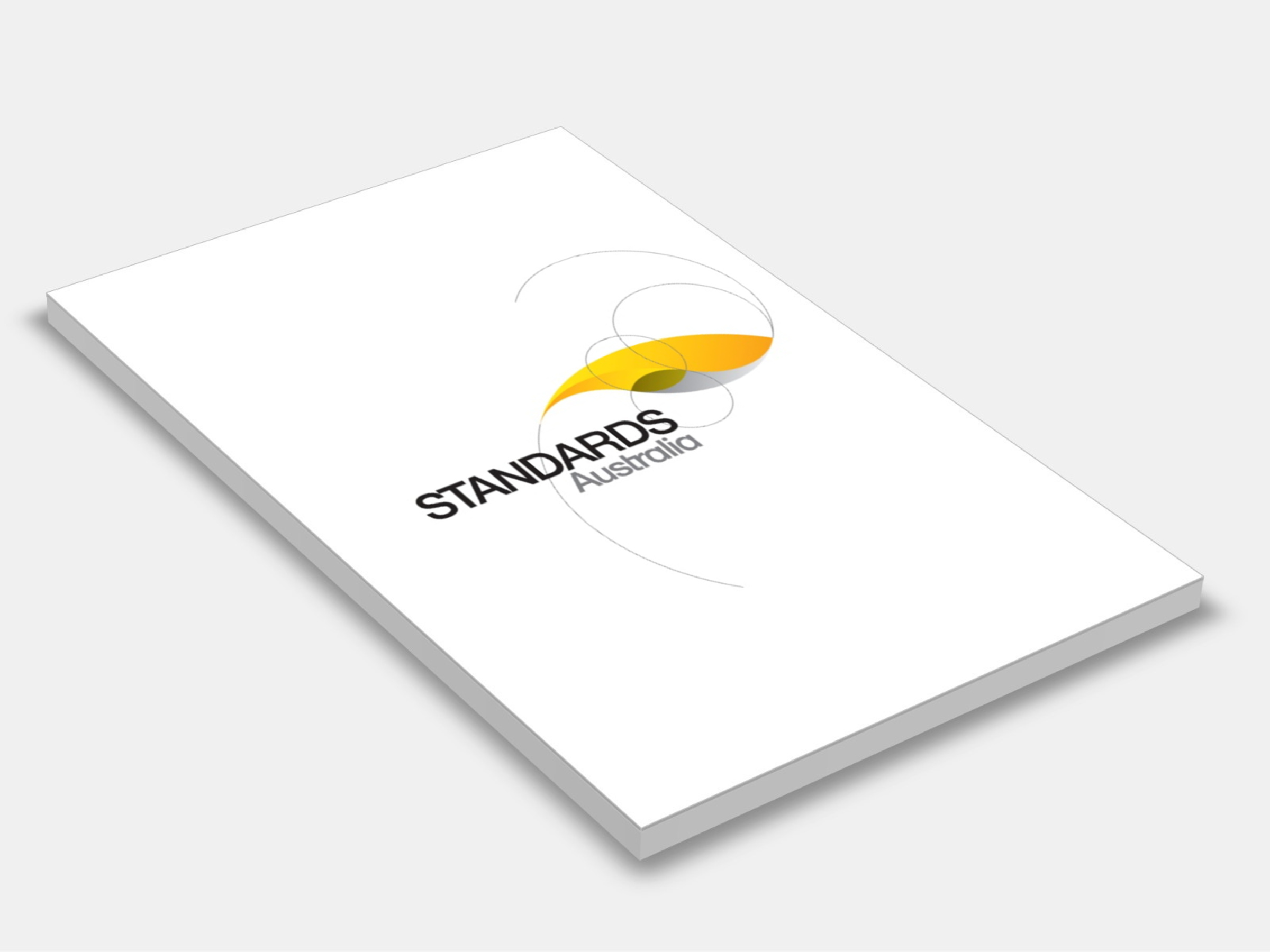
Type
Publisher
Standards Australia
Publisher
Standards Australia
Version:
Second Edition 2012.
(Pending Revision)
Short Description
Sets out minimum criteria for the design, installation and commissioning of combined sprinkler and hydrant systems (including fire hose reels where appropriate) in multistorey buildings greater than two storeys in height.
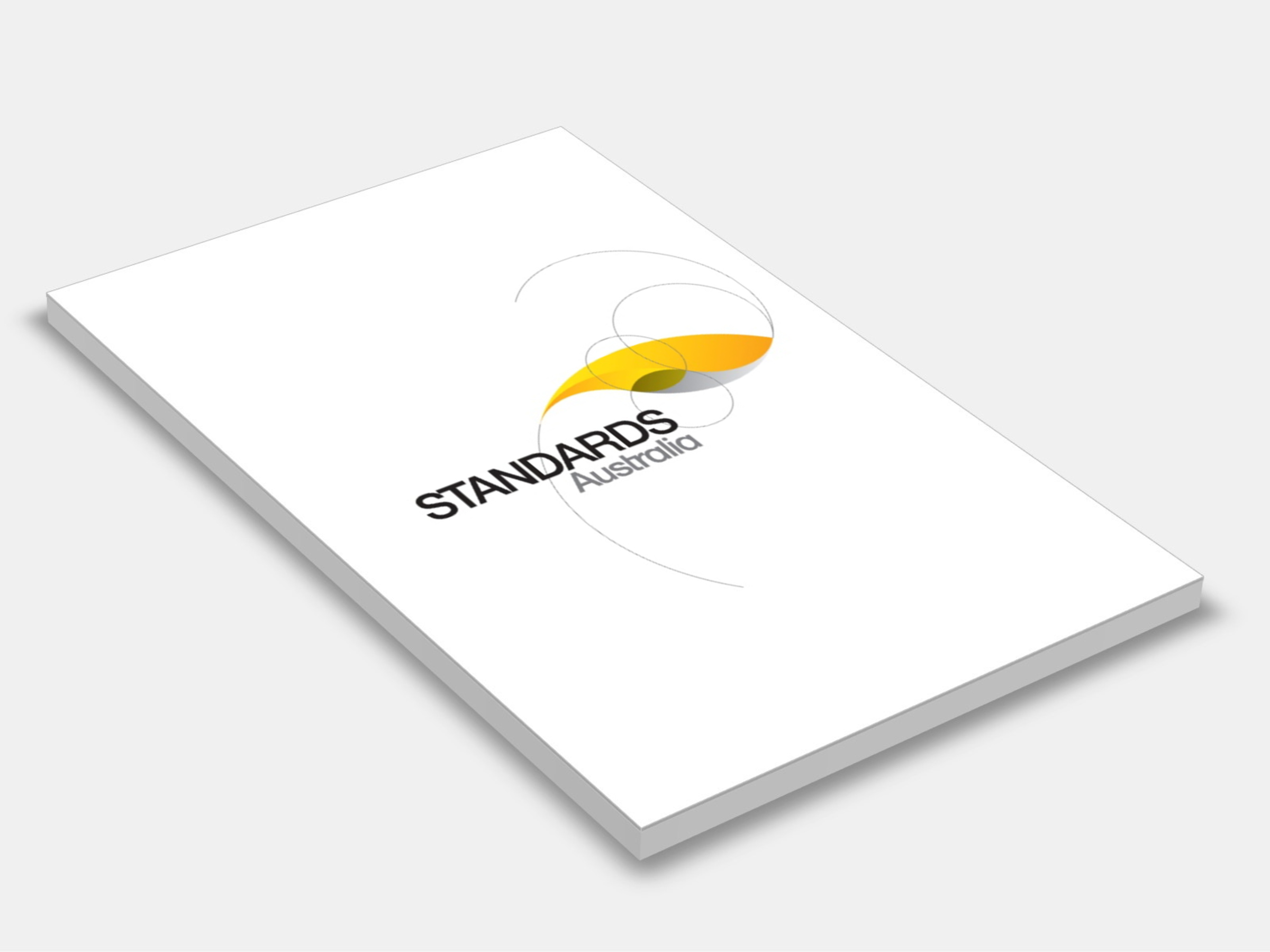
Type
Publisher
Standards Australia
Publisher
Standards Australia
Version:
First Edition 1992.
(Current)
Short Description
Sets out requirements for the design of buildings and facilities for access for people with disabilities; where appropriate, these requirements are additional to the minimum requirements of AS 1428.1.
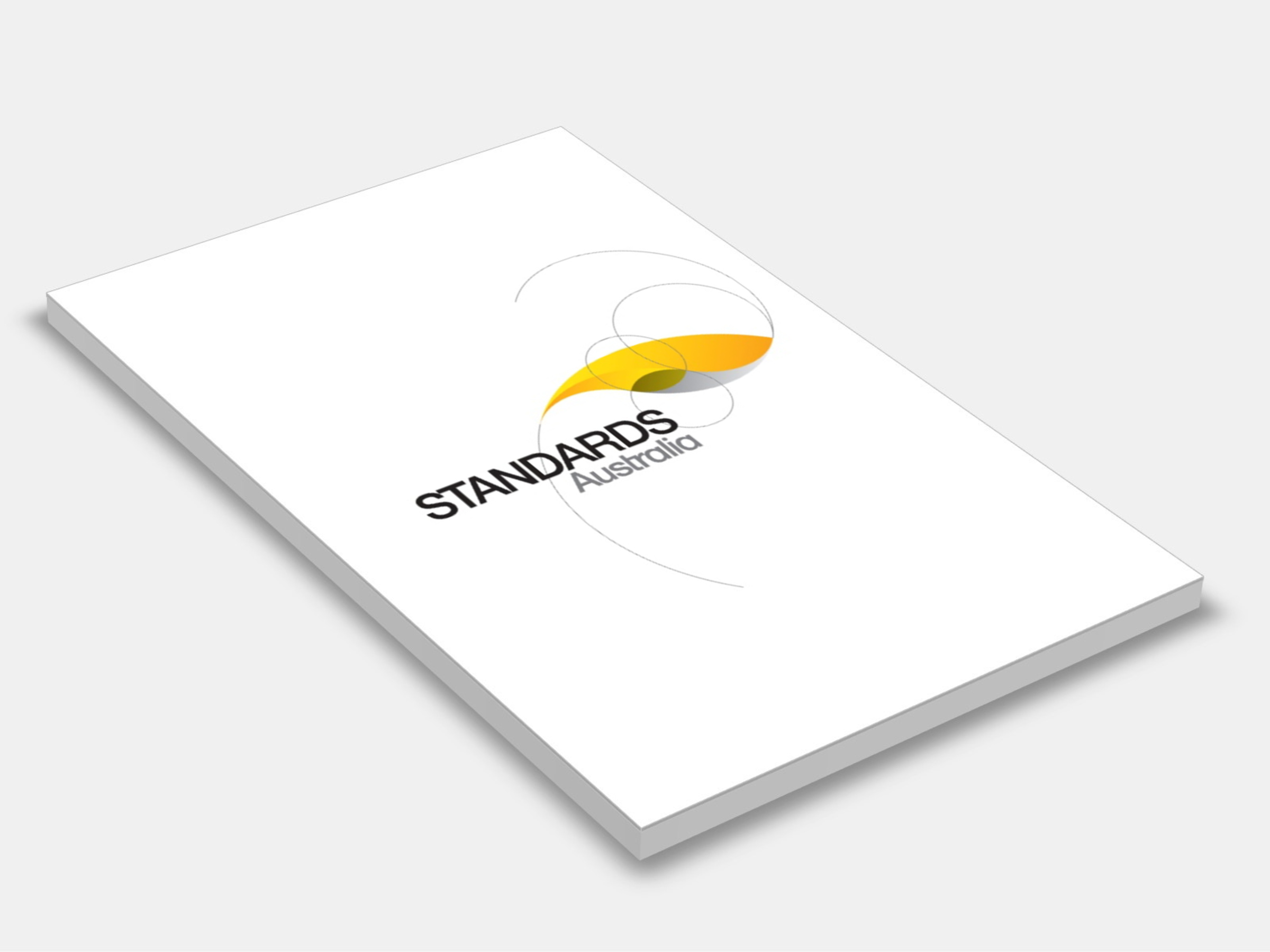
Type
Publisher
Standards Australia/Standards New Zealand
Publisher
Standards Australia/Standards New Zealand
Version:
Second Edition 2012.
(Current)
Short Description
Specifies minimum performance requirements and specifications for the manufacture and application of structural plywood, acceptable to users, specifiers, manufacturers, and building authorities in Australia and New Zealand.
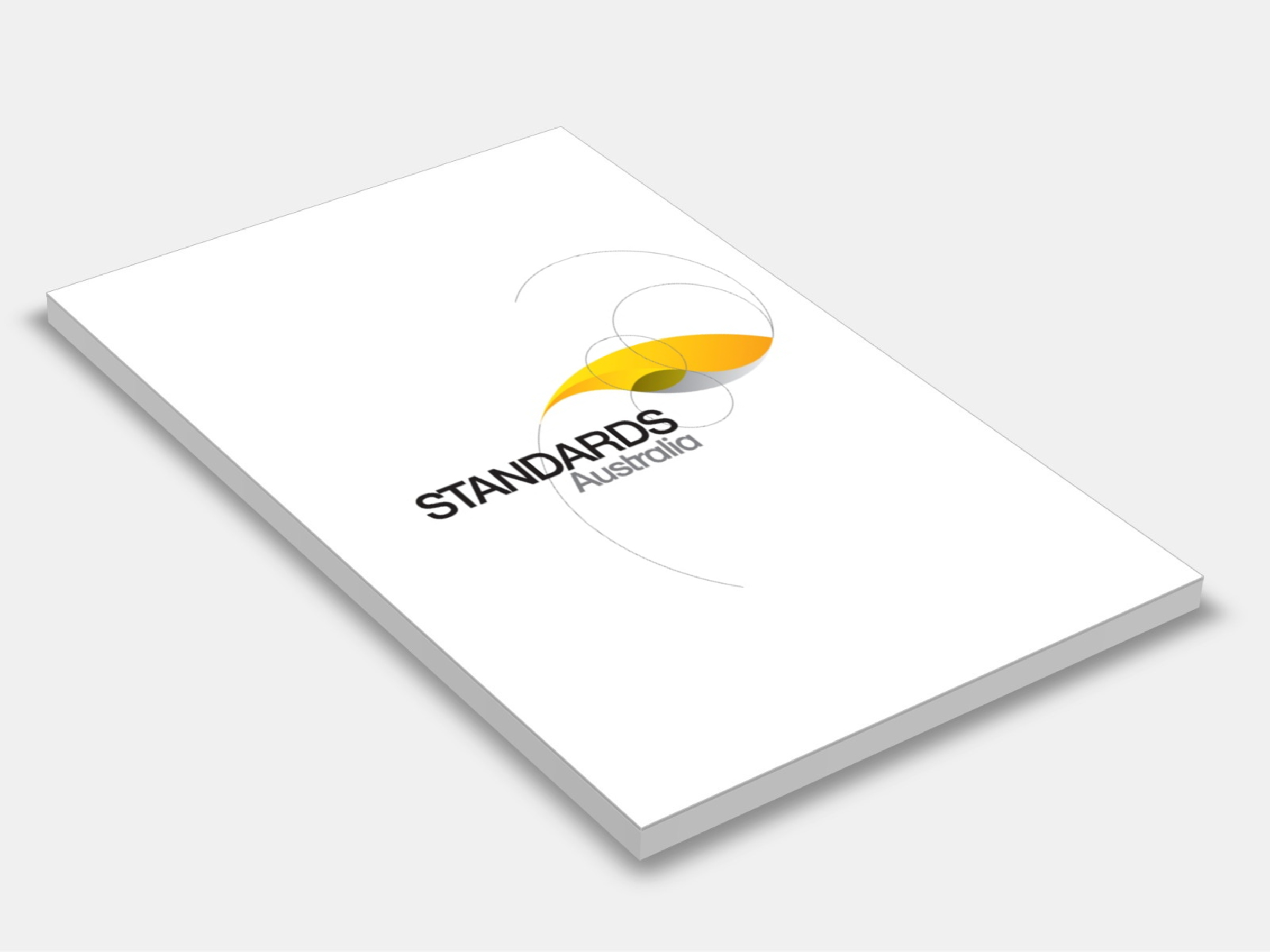
Type
Publisher
Standards Australia
Publisher
Standards Australia
Version:
Third Edition 2002.
(Current)
Short Description
Provides a method for the measurement of airborne sound reduction index to building partitions such as walls, floor/ceiling assemblies, doors, windows and other space dividing elements.

Type
Publisher
Standards Australia
Publisher
Standards Australia
Version:
First Edition 2015.
(Current)
Short Description
Sets out procedures for the assessment of internal wall and ceiling linings according to their tendency to ignite; their tendency to release heat once ignition has occurred; their tendency to cause flashover; their tendency to release smoke; and their contribution to fire growth.
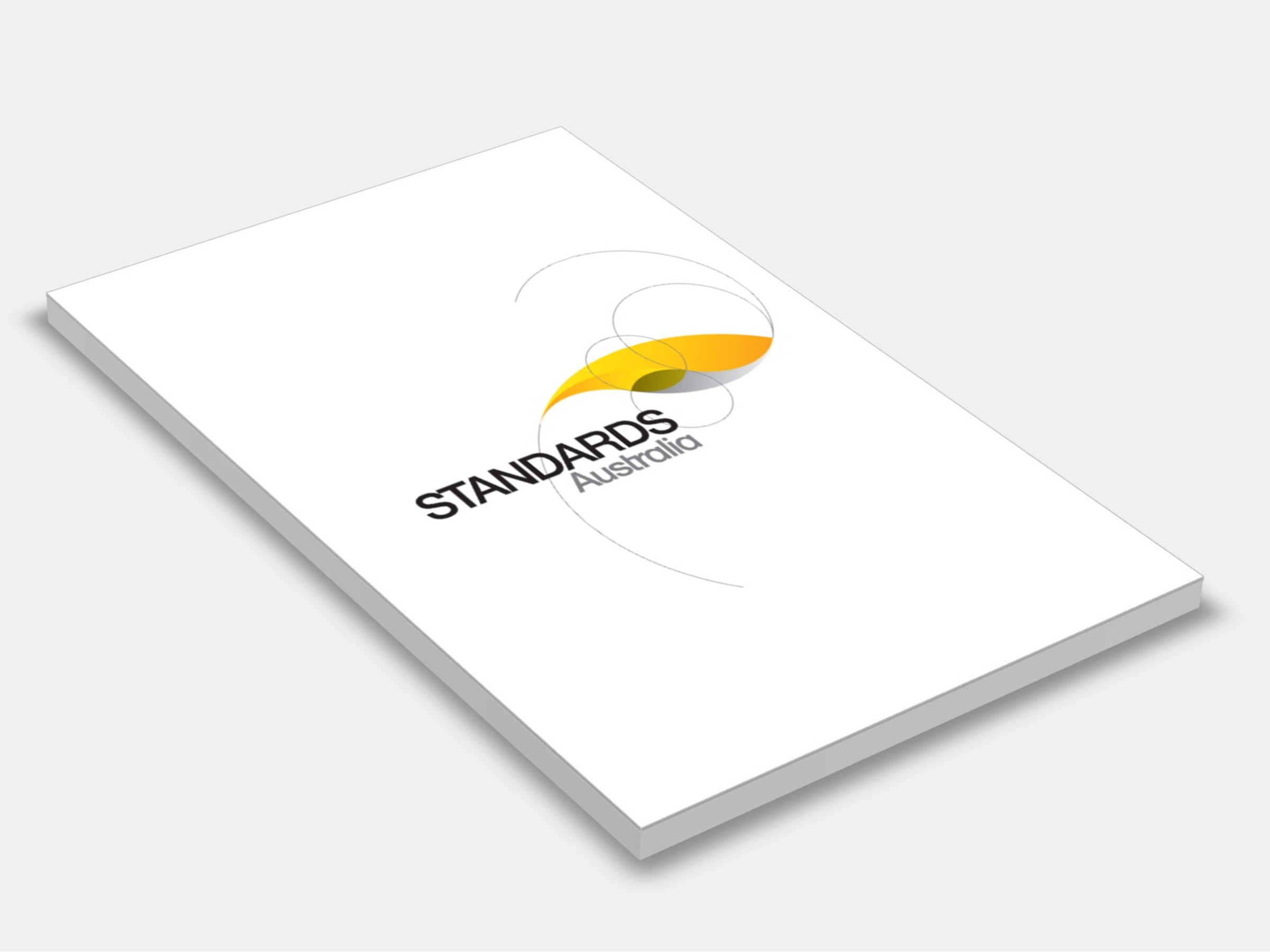
Type
Publisher
Standards Australia
Publisher
Standards Australia
Version:
Second Edition 2005.
(Current)
Short Description
Specifies requirements for the testing, interpretation of test results, and installation of penetration sealing systems and control joints sealing systems in fire-resistant elements of construction.
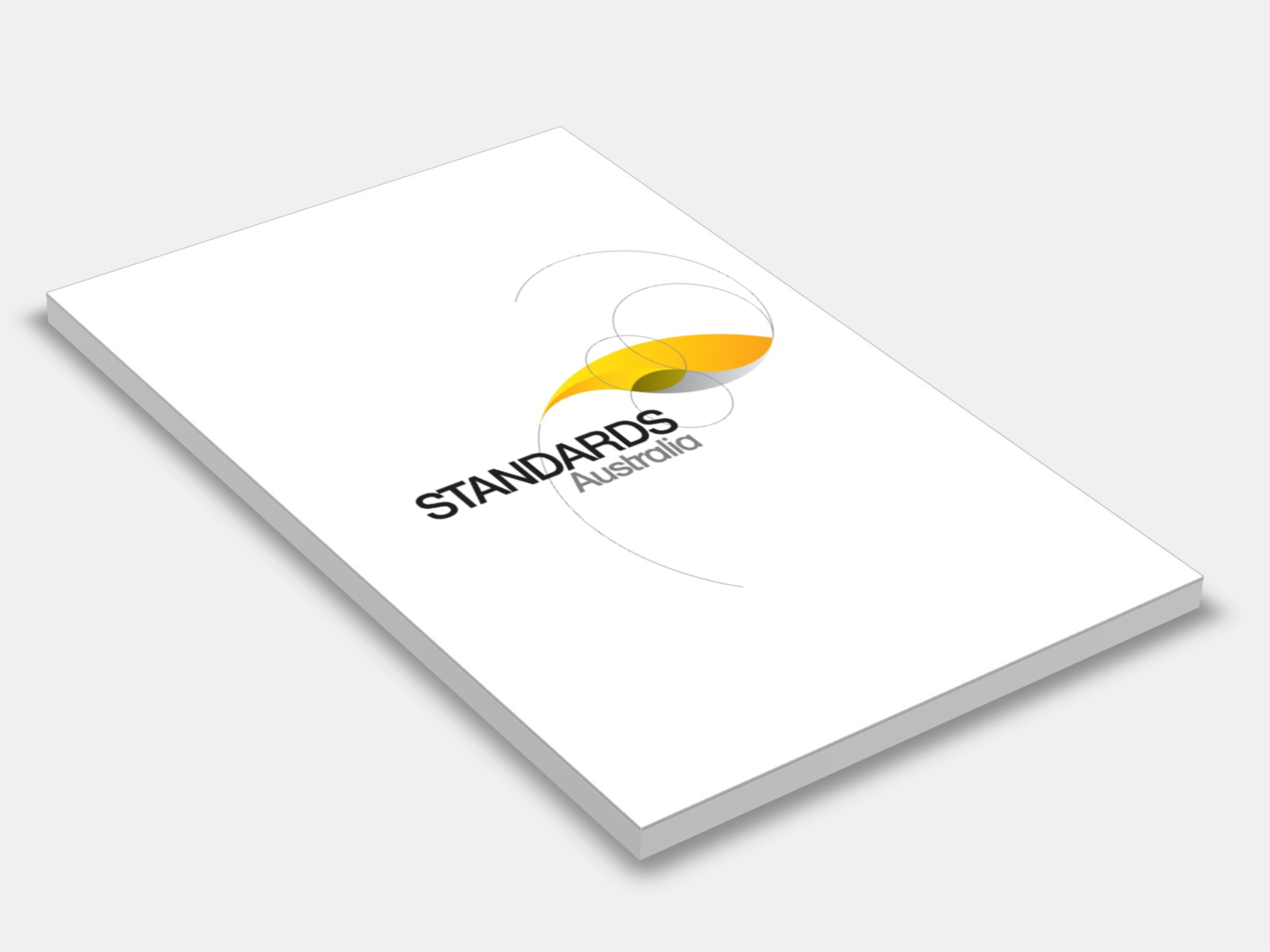
Type
Publisher
Standards Australia/Standards New Zealand
Publisher
Standards Australia/Standards New Zealand
Version:
First Edition 2015.
(Current)
Short Description
Specifies the use of mechanical pressurization or depressurization of a building or part of a building.
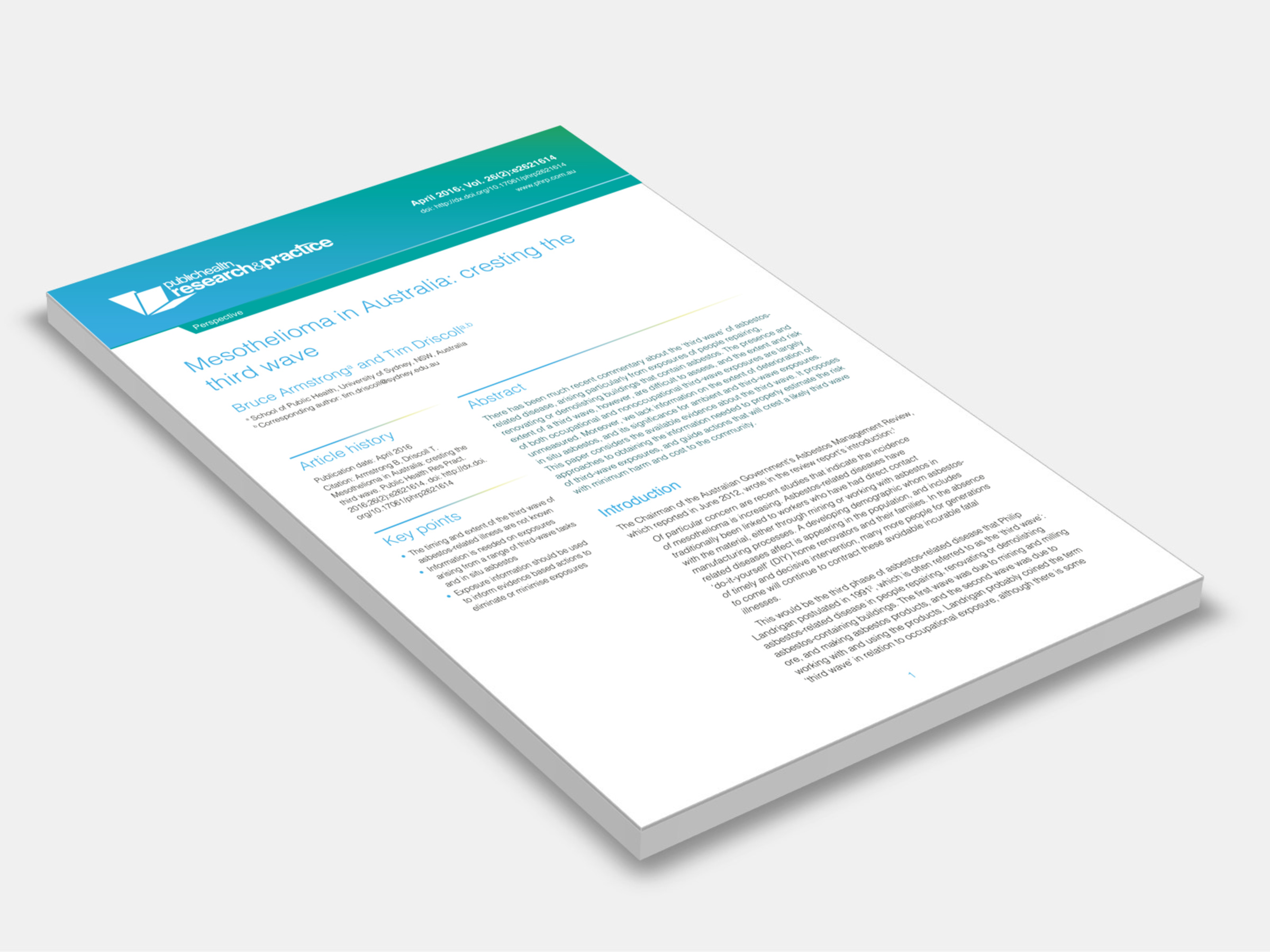
Type
Version:
2016.
(Current)
Short Description
Proposes approaches to obtaining the information needed to properly estimate the risk of third-wave asbestos exposures, and guide actions that will crest a likely third-wave with minimum harm and cost to the community.
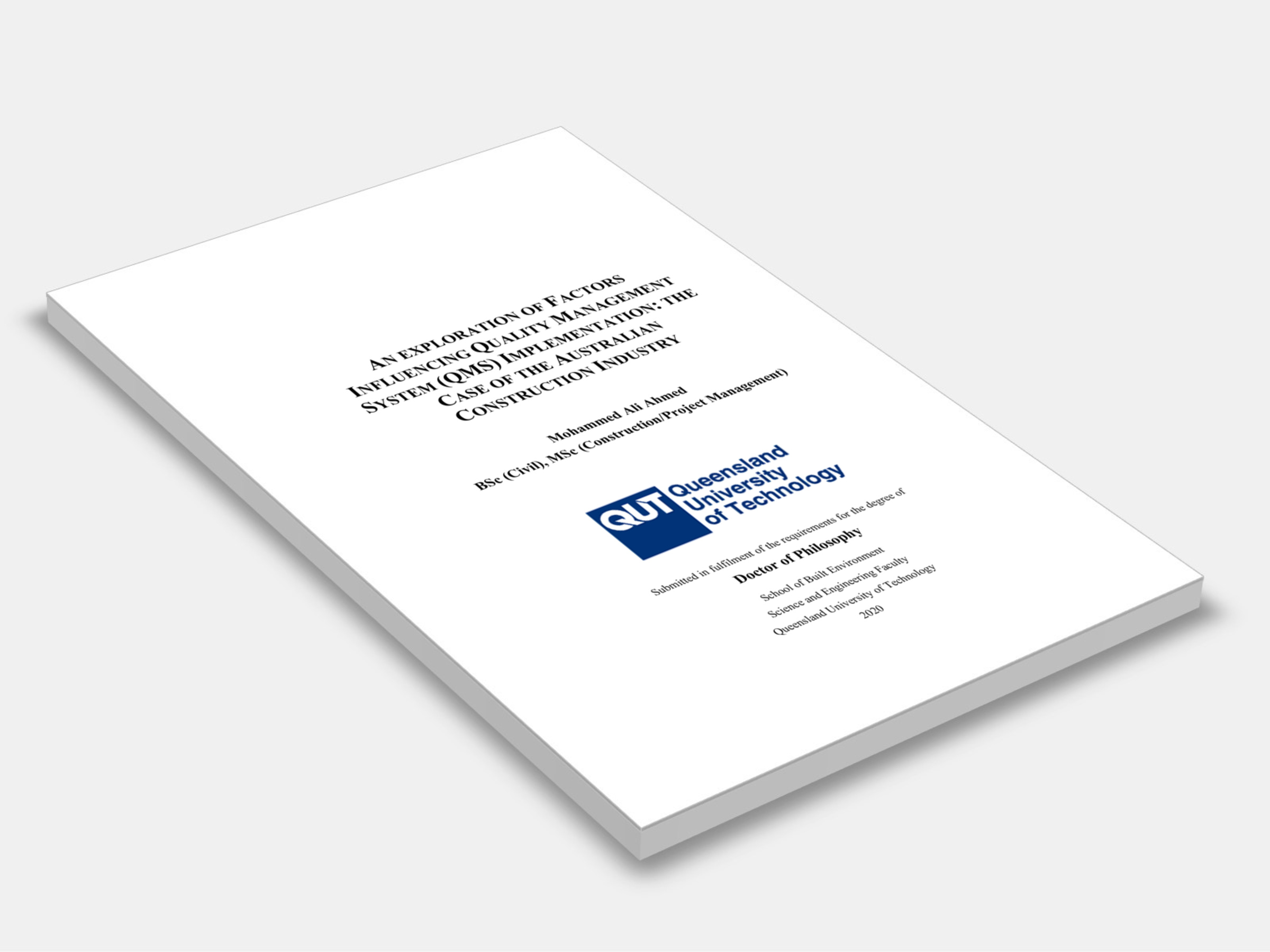
Type
Version:
2020.
(Current)
Short Description
This research primarily aims to investigate an inclusive list of factors impacting on quality management system deployment in the construction industry building sector by focusing exclusively on the external factors and the critical success factors of project level in order to develop a comprehensive framework of quality management system deployment.
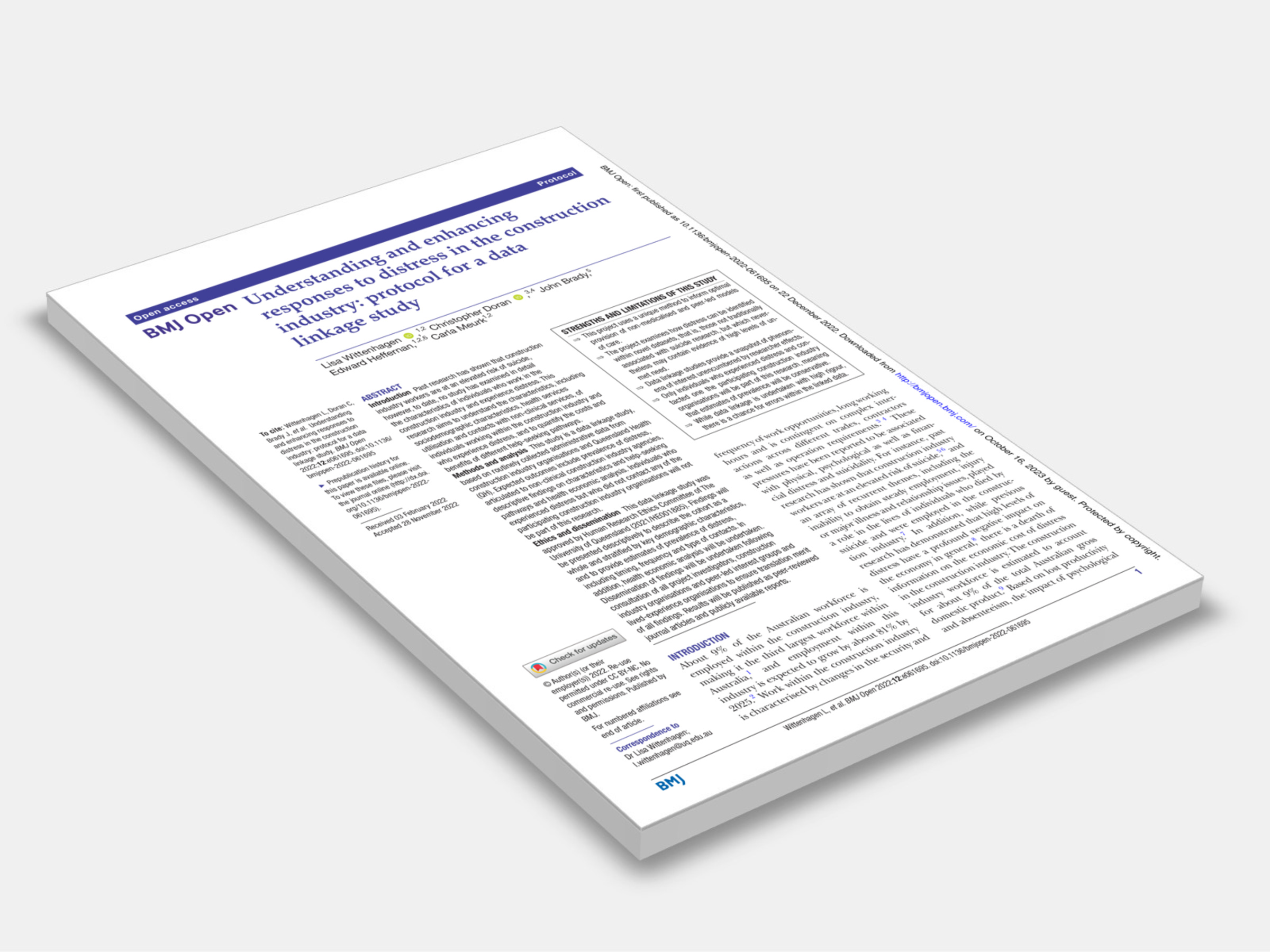
Type
Version:
2022.
(Current)
Short Description
This research aims to understand the characteristics, including sociodemographic characteristics, health services utilisation and contacts with non-clinical services, of individuals working within the construction industry and who experience distress, and to quantify the costs and benefits of different help-seeking pathways.